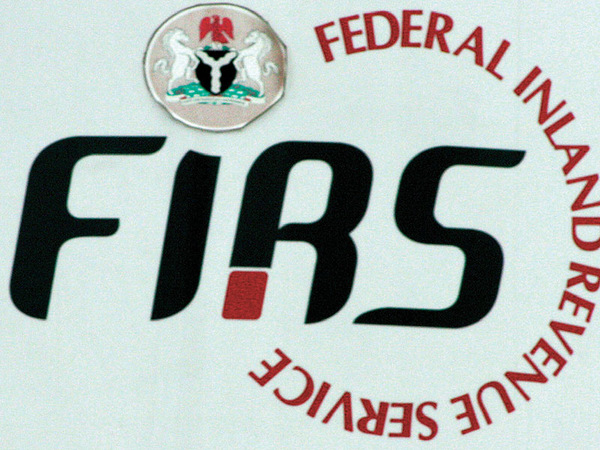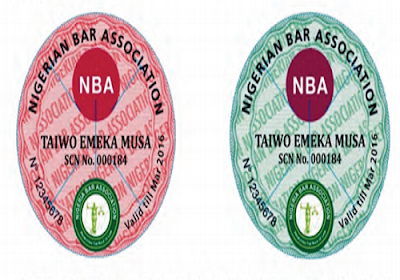
Features of good tax system By Michael Olulenu

are the enforced proportional contributions from
persons and property, levied by the state by virtue of its sovereignty for the
support of government and for all public need. From the above definition it is
seen that taxes are contributions to a common pool by the people for the use of
the people. Government all over the world need taxes in order to sustain its
relevance and to provide for the needs of its citizenry.
is expected to be fair and non-discriminatory. For a tax system to meet these
requirements, it must have the following attributes.
- Neutral
must be unbiased across economic activities, and not overly penalize work in
favour of leisure, nor tax income used for saving and investment more heavily
than income used for consumption.
- Visibility
segment of the population must be keenly aware that government costs money, government
spending should be held to levels at which its benefits match its costs. This
is a critical factor in most developing countries (including Nigeria) where
the citizenry believe that tax revenues are not being expeditiously
administered.
- Fairness
stated as making the rich pay higher share of their income in taxes than the
poor. There should be some amount of income exempt from tax to shelter the poorest
citizens.
- Simplicity
should be easy for the government to administer and enforce, and be easy and
inexpensive for taxpayers to comply with. There should be clear definition of
income and elimination of multiple layers of tax would create a system that is
much simpler and easier to administer, enforce and comply with. These are
critical issues in Nigeria tax systems that require urgent attention. Our tax
laws are old and complex, given room for varied interpretations and
applications.
- Convenience
system should be convenient in terms of time and mode of payment to the
taxpayer.
- Administrative Efficiency
levying and collecting taxes must be administratively efficient, transparent
and economical without any distortion.
- Productive
should be such that brings in sufficient revenue to the Government. Since tax
payment involves the outflow of money or money’s worth from the treasury of
taxpayers, some Taxpayers have adopted many strategies to evade tax, tax
evasion is defined as “the wilful attempt to defeat or circumvent the tax law
in order to legally reduce one’s tax liability”. Tax evasion is punishable by
both civil and criminal penalties.
on the order hand, is defined as “the act of taking advantage of legally
available tax-planning opportunities in order to minimize one’s tax liability.
While tax evasion is criminal tax avoidance is legal. This was aptly supported
by the celebrated case of Ayrshir Pullman Motor Services & D.U. Ritche
V.CIR (1929). The fact of the case and the judgement is as follows:-
changed the structure of its business from sole proprietorship to partnership
with 5 of his children to minimise tax. He appealed to the Court of Session
against an assessment which failed to recognise the change. Allowing the
appeal, Lord Clyde held:
country is under the smallest obligation, moral or other, to so arrange his
legal relations to his business or property as to enable Revenue to put the
largest possible shovel into his stores. The Inland Revenue is not slow…. and
quite rightly to take every advantage which is open to it under the taxing
statutes for the purpose of depleting the taxpayer’s pocket. And the taxpayer
in like manner is entitled to be astute to prevent, so far as he honestly can,
the depletion of his means by the Revenue.
compliance tools
encourage compliance taxpayers to continue to comply, and bring non compliance
taxpayers into the tax net, to increase tax base and revenue, governments all
over the world have put in place some compliance strategies backed by
appropriate legislations.
of the Federal Inland Revenue Service Establishment Act (FIRSEA) 26(1) gives
the Service to call for returns, books, documents and information.
Gives additional power to the Service to call for further returns and payment
of tax due.
Requires every bank upon demand by the Service to provide quarterly returns
specifying:-
- In the cases of an individual, all transaction involving the sum of
N5,000,000.00 and above - In the case of a body corporate, all transactions involving the sum
of N10,000,000.00 and above, the names and address of all customers of
the bank connected with the transactions and deliver the returns to the
Service. - Section 28 (3) – Provides sanction to any bank that contravenes
above provisions.
Gives power to access lands, buildings, books and documents
Gives power of addition for non-payment of tax and enforcement of payment.
Tax Investigation; this section empowers the Service to employ special purpose
Tax officers to assist any relevant law enforcement agency in the investigation
of any offence under this Act.
Gives the Service powers to prosecute any of the offences under this Act
subject to the powers of the Attorney – General of the Federation.
role of tax audit
all the tax provisions mentioned above, FIRSEA S:26(4) and S.60(4) CITA went
further to state:-
any other provision of this Act shall be constructed as precluding the Service
from verifying by tax audit or investigation into any matter relating to any
return or entry in any book, document, accounts including those stored, on a
computer, in digital, magnetic, optical or electronic media as may, from time
to time, be specified in any guideline by the Service”.
provisions, among others, are compliance tools meant to ensure that a taxpayer
does not pay less or more than what he is required to pay by law. This objective
is achieved through tax audit exercises.
of tax audit are to:-
- To educate taxpayers
- Maintain self assessment system
- Collect taxes as imposed by the laws through the encouragement of
voluntary compliance - Maintain public confidence in the integrity of tax system.
- Provide deterrent effects on other taxpayers not yet audited, as
they may quickly file their returns in order to avoid sanctions.









